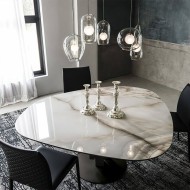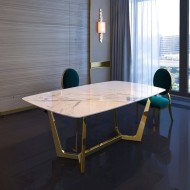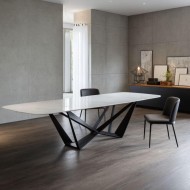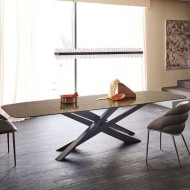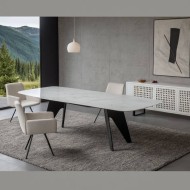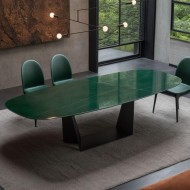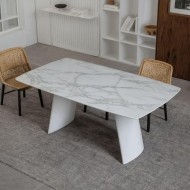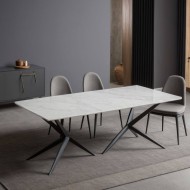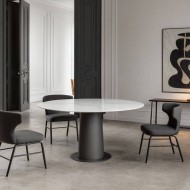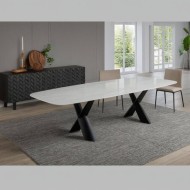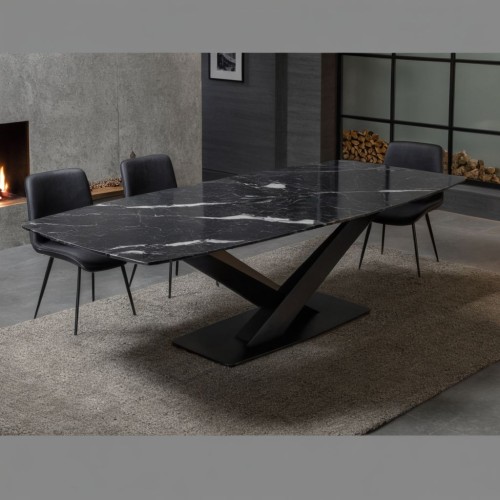
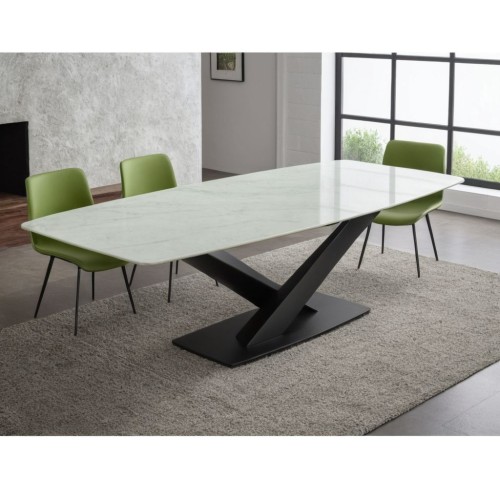
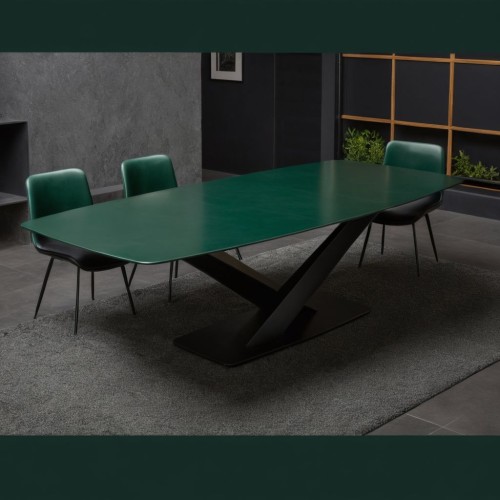
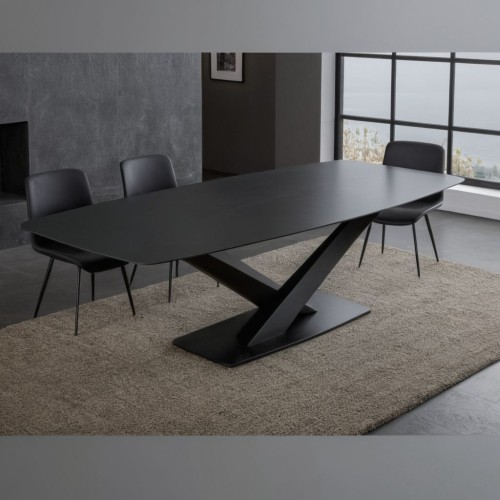
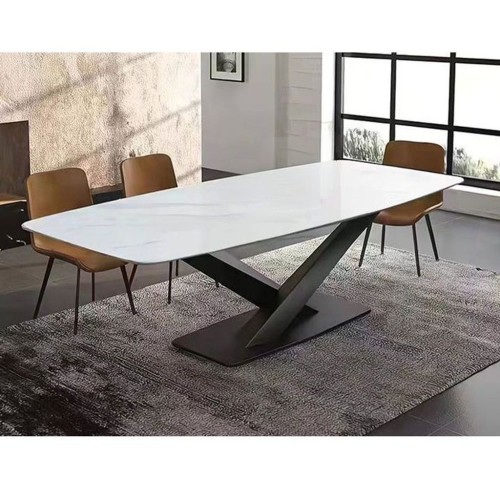
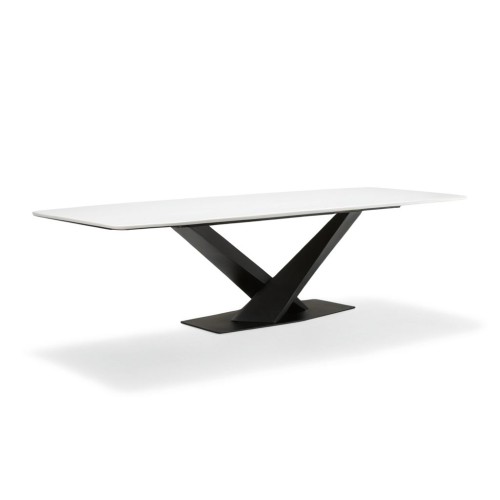
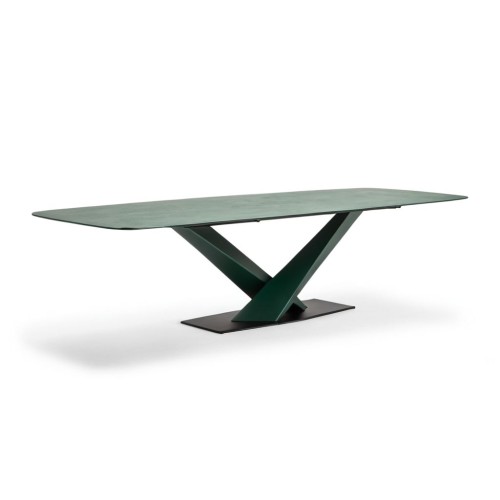
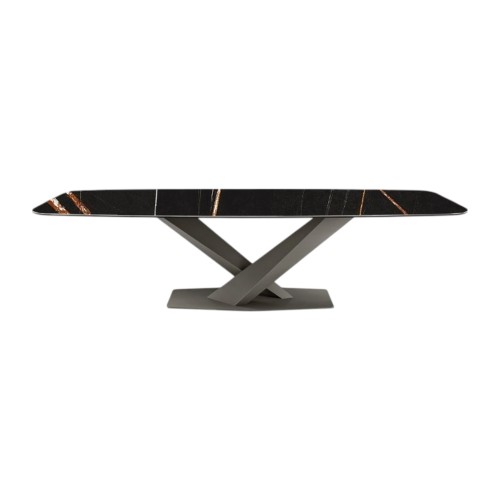
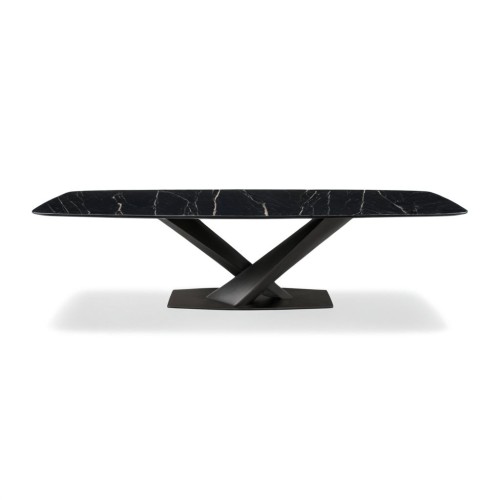
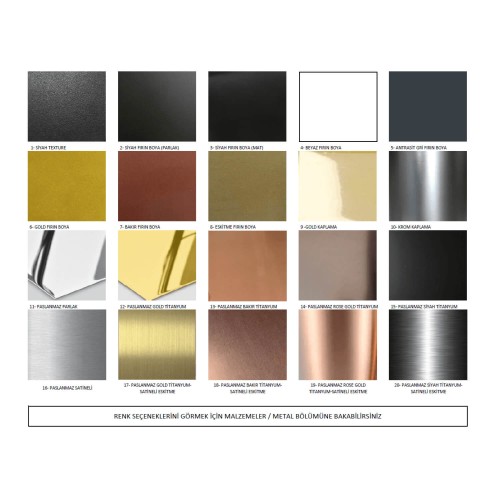










- Out of stock: + Shipping Cost
- Model: PYM016
All About Porcelain Dining Table Prices
Current Porcelain Dining Table Prices in 2025
Factors Affecting Porcelain Dining Table Prices
Porcelain Dining Table Prices in 2025: The Ultimate Guide
As home decor trends evolve and consumers seek furniture that combines elegance with durability, porcelain dining tables have emerged as a highly popular option. Their sleek surface, resistance to scratches, and luxurious appearance make them a go-to choice for modern interiors. However, one of the most frequently asked questions by potential buyers is: what are the porcelain dining table prices?
This comprehensive guide explores everything you need to know about porcelain dining table prices in 2025, including factors that affect pricing, different styles, materials, and helpful tips for choosing the right table for your budget and needs.
Why Choose Porcelain Dining Tables?
Porcelain is a type of ceramic that is fired at extremely high temperatures, resulting in a dense, non-porous, and highly durable surface. These characteristics make it ideal for dining tables that are used daily. Unlike wood or even marble, porcelain is highly resistant to stains, heat, and moisture, making it both practical and stylish.
Here are some key benefits that influence porcelain dining table prices:
-
Heat resistance: perfect for hot dishes or cookware
-
Scratch resistance: daily use without visible damage
-
Stain resistance: easy to clean and maintain
-
Aesthetic variety: available in marble, stone, or concrete finishes
-
Hygienic surface: non-porous and antibacterial
2025 Porcelain Dining Table Prices: What to Expect
The porcelain dining table prices in 2025 vary greatly depending on size, design, and material combinations. Prices generally range from $600 to over $5,000. Here’s a general breakdown:
-
Budget Range ($600 – $1,200): Small to medium-sized tables, simple designs, fixed tops, often with powder-coated metal legs.
-
Mid-Range ($1,200 – $2,500): Expandable models, improved finishes, designer-inspired bases, variety in color and texture.
-
High-End ($2,500 – $5,000+): Imported porcelain tops, unique pedestal bases, customized sizing, luxurious Italian or Spanish design.
Factors That Affect Porcelain Dining Table Prices
Material Quality: Not all porcelain is created equal. Higher-quality, full-body porcelain slabs cost more than printed or coated ones.
Table Size: Naturally, larger dining tables with seating for 8 to 10 people cost more due to more material and heavier base structure.
Base Design: Tables with intricate metal or carved wood bases raise the cost significantly compared to simpler leg options.
Functionality: Expandable tables or those with motorized or rotating mechanisms tend to be more expensive.
Brand and Origin: European brands, especially those from Italy and Spain, are priced at a premium due to their design pedigree and production quality.
Customization: Made-to-order tables with personalized finishes, colors, or dimensions will have significantly higher prices.
Porcelain vs. Other Table Materials: How Prices Compare
When comparing porcelain dining table prices to those of wood, glass, or marble tables, you’ll find that porcelain often sits in the mid-to-high price tier.
-
Wood tables are usually cheaper but are prone to scratches, heat damage, and warping.
-
Glass tables offer modern style but lack durability and scratch resistance.
-
Marble tables look elegant but are extremely heavy, porous, and expensive to maintain.
Porcelain strikes a balance by offering the high-end look of marble with the durability of industrial materials—without requiring as much upkeep.
Where to Buy Porcelain Dining Tables?
You can find porcelain dining table prices across various platforms:
-
Online Retailers: Websites like Wayfair, Amazon, Houzz, and specialized furniture stores often have wide selections and discounts.
-
Furniture Showrooms: Visiting a physical store allows you to see the texture, color, and design in real life.
-
Direct Manufacturers: Buying directly from the manufacturer can result in lower prices or better customization options.
-
Custom Workshops: Local artisans can craft bespoke tables, though this usually comes with higher costs.
Tips for Buying a Porcelain Dining Table
-
Always measure your dining area carefully before choosing a size
-
Choose a design that complements your interior style (modern, rustic, industrial, etc.)
-
Ask about warranty and after-sale services
-
Confirm delivery, setup, and return policies, especially for high-value orders
-
Read reviews and compare materials before making a decision
Conclusion
Porcelain dining tables are an investment in style, functionality, and longevity. While porcelain dining table prices may seem steep at first glance, the long-term benefits—resistance to damage, low maintenance, timeless elegance—more than justify the cost. Whether you’re redesigning your kitchen or furnishing a new home, understanding porcelain dining table prices will help you make a confident and informed purchase.

